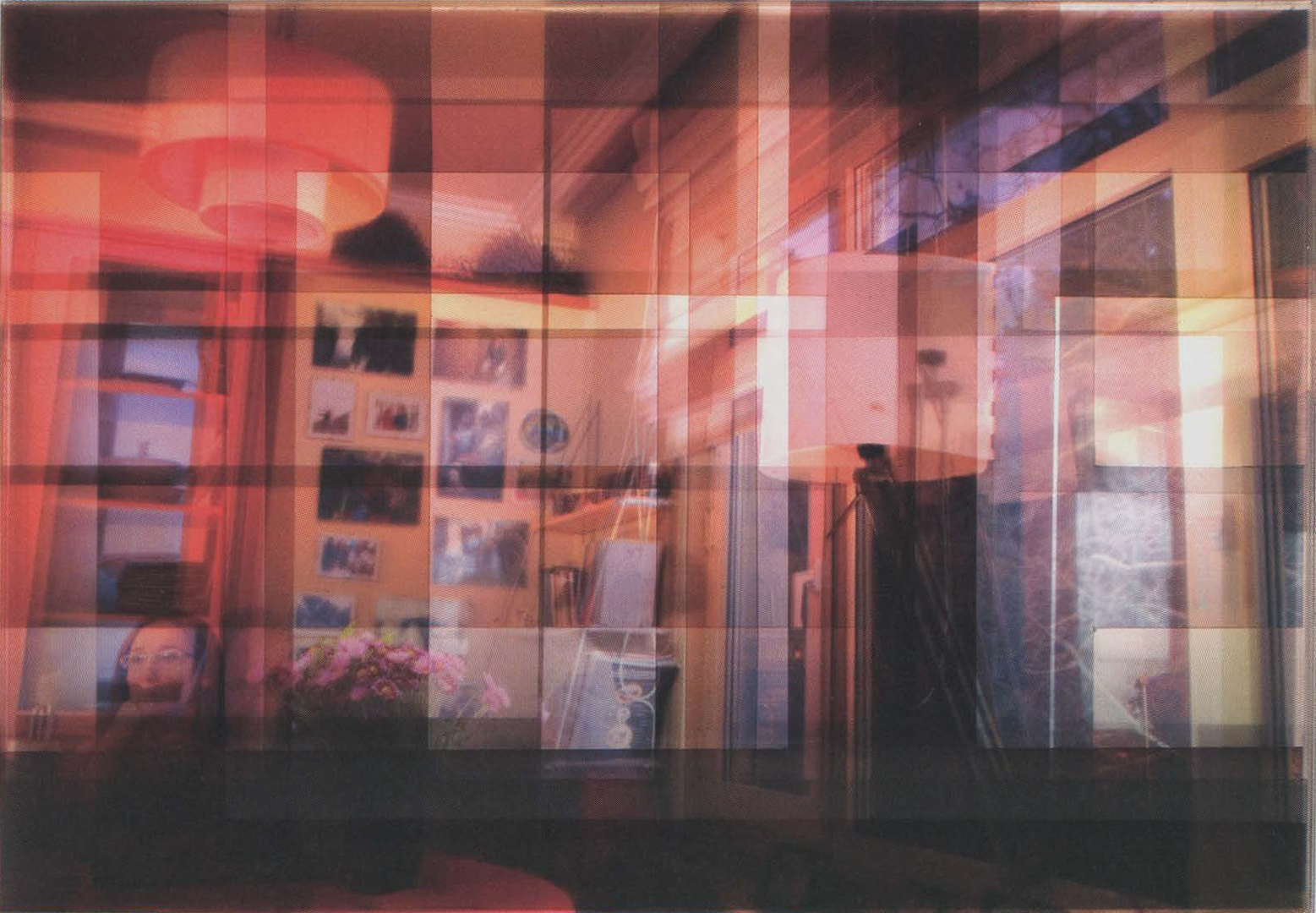Murat Germen: soul of the place – genius loci
Artist(s):
Title:
- soul of the place - genius loci
Exhibition:
Creation Year:
- 2007
Medium:
- 25 photos in a back-lit multi-layer plexiglass box
Size:
- 11 inches x 16 inches x 4 inches
Category:
Artist Statement:
“It is easier to perceive error than to find truth, for the former lies on the surface and is easily seen, while the latter lies in the depth, where few are willing to search for it.” — Johann Wolfgang von Goethe With the traditional photographic documentation process, you
can only capture one single condition of a particular place. But various climatic and seasonal conditions may drastically change the appearance of that same place, since they will render the place differently with different light conditions. Can multiple photography of “reality” allow us to see beyond and capture the spirit indirectly? Can visual accumulation through time give us more insight, more clues, about life in a particular place, and therefore its soul? Can multi-layered photography act as a “palimpsest” that can tell the story of a place? The motivation for this time-lapse photography of the same place was to accumulate the various conditions of the same place through time to obtain components of the place’s identity. Then by layering these components and printing them on transparent sheets that can reveal information behind them, it was possible to obtain a “visible depth.” This process can allow us to “reach the core” and understand the essence of the place. All surfaces are preconceptions … (after Friedrich Nietzsche’s “All words are prejudices.”)
Technical Information:
Hundreds of photos were taken at intervals of five minutes during 10 days to capture various moments and light conditions
of the same place. Canon EOS 1Ds with Firewire connections
and a Windows laptop loaded with DSLR Remote Pro software
were used to automate the process. Twenty-five photos were
chosen and processed in Photoshop for the final work. The
plexiglass box was designed and taken to a workshop that
used CNC processes for production. The digital photos were
printed on dura-clear sheets in order to obtain the desired
transparency.





